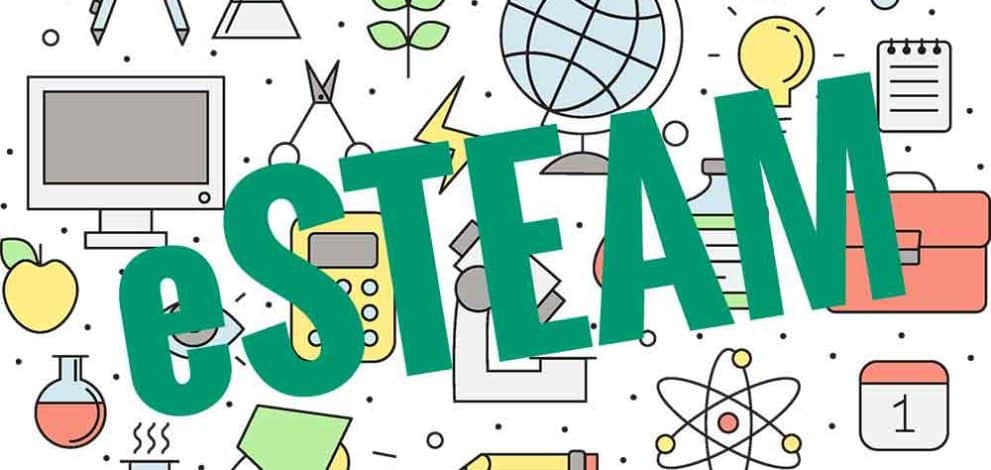
Collaborative work in the ESTEAM classroom
The question that we often ask ourselves as ESTEAM teachers is how important is the collaborative work for the learning effectiveness. The first consideration we need to keep in mind is that working in group improves the students’ engagement and participation, mainly due to their active role played in the lessons. Students are longer required to be silent spectators, on the contrary they are encourage to actively participate in classroom. Confucius said: “I hear and I forget, I see and I remember, I do and I understand” and this is probably the slogan that most summarizes the importance of the active learning methodology.
We think that there are also other important reasons to promote the team work. Working in group implies for students move out of their own “comfort zone” in order to interact with other people, expressing opinions and exchanging ideas. It is worth noting that all these activities not only improve students communications skills, but they also involve other benefits. Discussing and interacting with the others helps everyoneto identify their own imitations and their own potentialities, therefore it increases the awareness on their own weak points and they own strengths. Although the benefits described till now are matters of paramount importance for the effectiveness of teaching, we think that from an STEAM perspective it should be consider that working in group boosts the creativity.
Basically, the concept is that more ideas you hear, more ideas you generate. When you work in group, the final flow of ideas is not simply the sum of the ideas of the individual, but it is enormously greater, because every thought is positively contaminated by the thoughts of others. The analogy we prefer to figure out the production of ideas when working in groups is that a thought is similar to a corn seed. Interaction with others is the environment that makes it explode and become a pop-corn. However, despite the many advantages described above, teachers know that one of the most common risk is that only a few students participate in the proposed activity, while the others tend to do little or nothing. How to avoid this risk and make the team activities effectiveness?
Trying to answer this question, we find the short manual written by Anne Jolly (http://www.bham.wednet.edu/studentgal/onlineresearch/oldonline/mod8team.htm) very interesting and usefull. Here the “Seven Student Teaming Tips and Tools” she proposes to help teachers establish successful student teams.
"The movement From STEM to STEAM"
©
2018
Skills, RObots BOosts - All Rights Reserved
